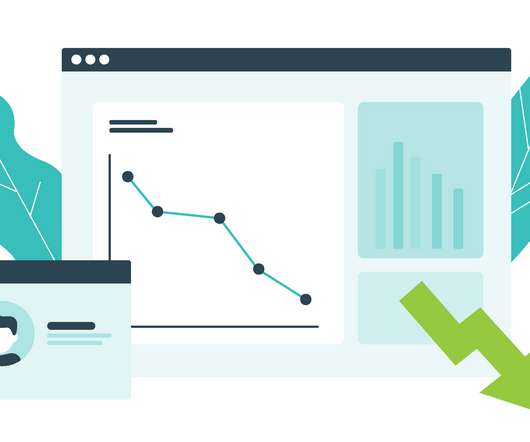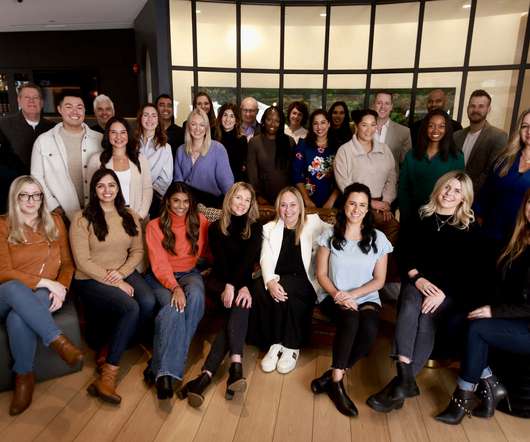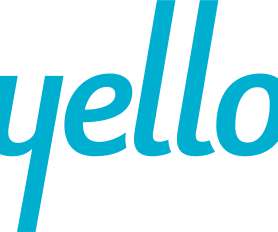Hiring Quality Candidates in a Digital-First World
Hireology
NOVEMBER 18, 2020
Remote work has grown 140% since 2005. Can they communicate and collaborate with other team members using digital tools like Slack, MS Teams, Google Chat, or Zoom? That’s because digital reference checks can incorporate recruitment marketing tools. And the pandemic has only accelerated this shift.
















Let's personalize your content